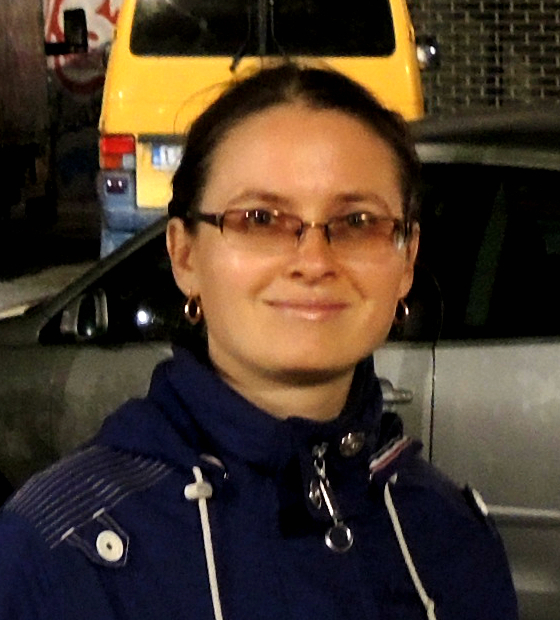The article analyzes the theory of pandynamism, which arose in the phenomenology of religion, the origins of which date back to the category of Power proposed in the 19th century by the English anthropologist and religious scholar Robert Marett. A detailed analysis of phenomenological description of religion through the theory of pandynamism which was invented by Gerardus van der Leeuw is given. Author analyses the most important, according to van der Leeuw, category of any religion Power. This category described as an extra – moral category, the key characteristic of Power is otherness, it is claimed that the element of otherness defines the course of religious life in variety of manifestations, and transformation of Power generates all variety of beliefs. The article examines the teachings of van der Leeuw on the subject of religion (religious person). The article examines three central categories of religion: the Power, the Will and the Form, the combination of which arises the diversity of existing types of religions (religions of escape, struggle, peace, anxiety, infinity, compassion, stress, obedience, greatness, humility, love). In conclusion, the article discusses electrical metaphor which is commonly used in anthropology of the 19th – first half of the 20th century in its application to the science of religion.
Key words: Phenomenology of Religion, Anthropology of Religion, Robert Marett, Gerardus van der Leeuw, mana, taboo, orenda, the subject of religion
DOI: 10.22250/2072-8662.2019.1.114-120
About the author
 |
Tatiana S. Samarina – PhD (Philosophy), Research Fellow at the Institute of Philosophy of the Russian Academy of Science; 12/1 Goncharnaya str., Moscow, Russia,109240; This email address is being protected from spambots. You need JavaScript enabled to view it. |






